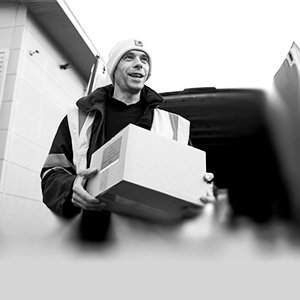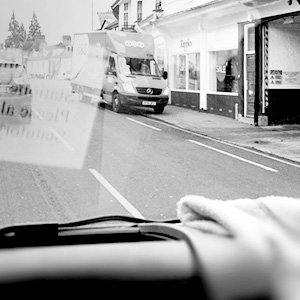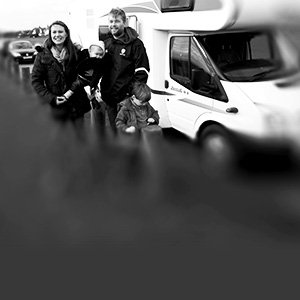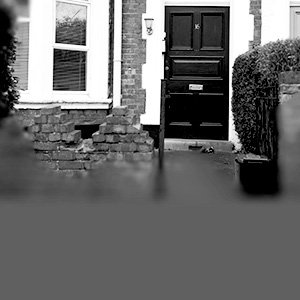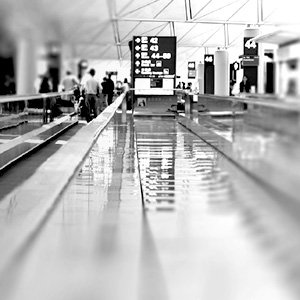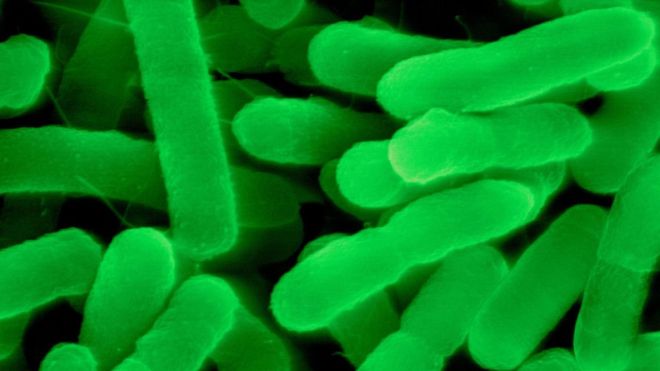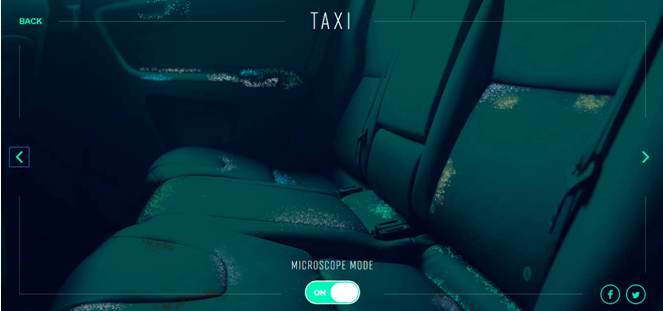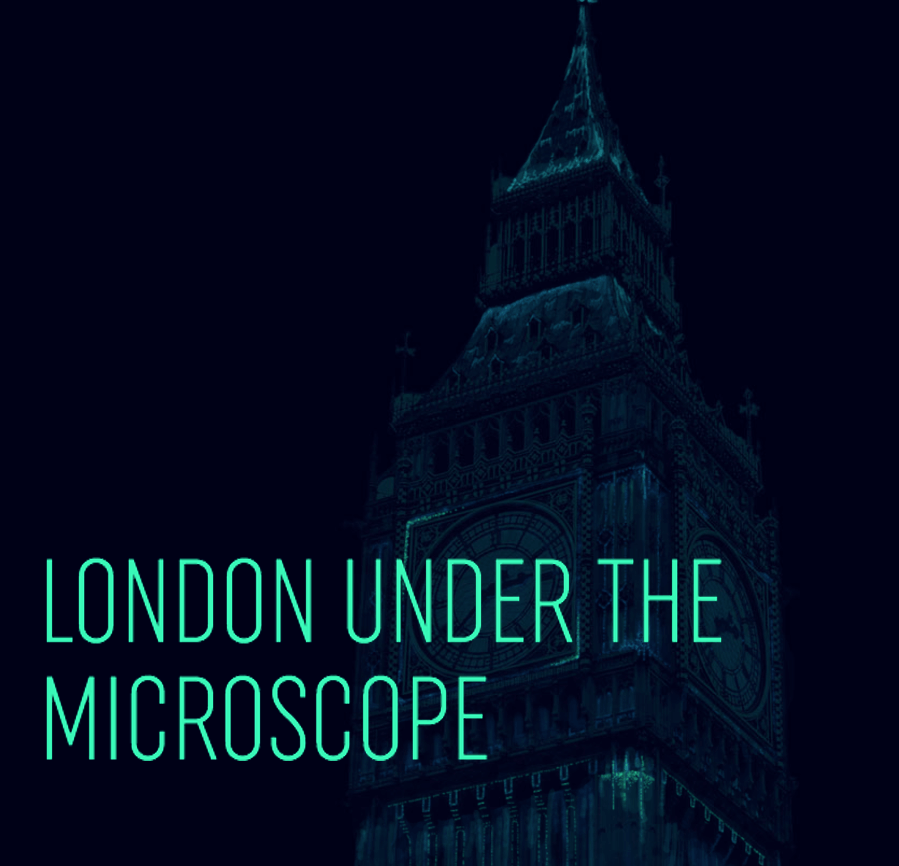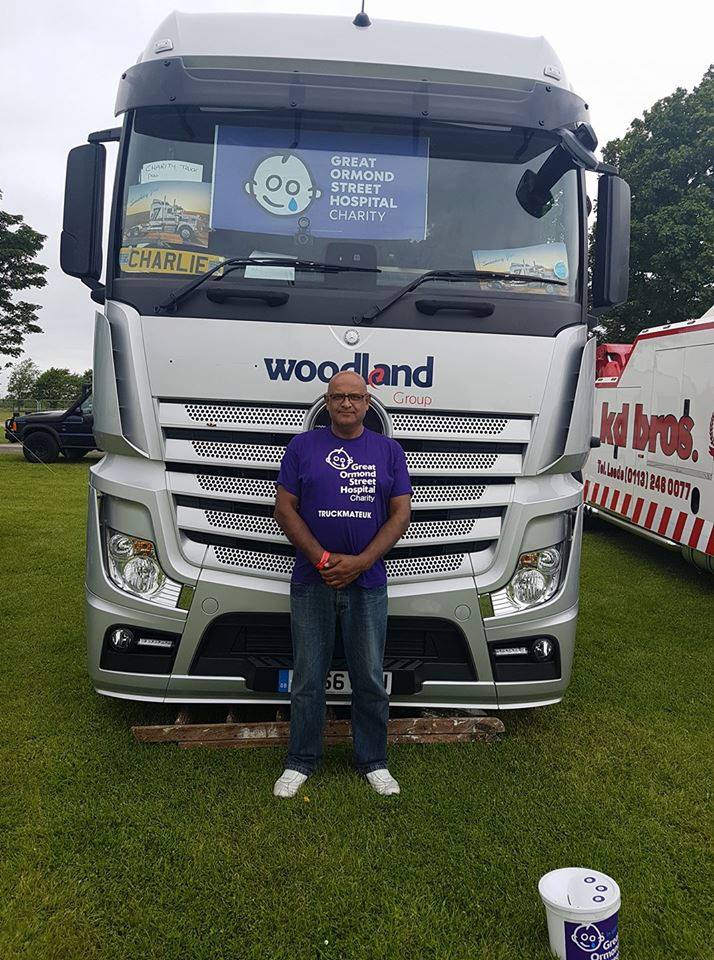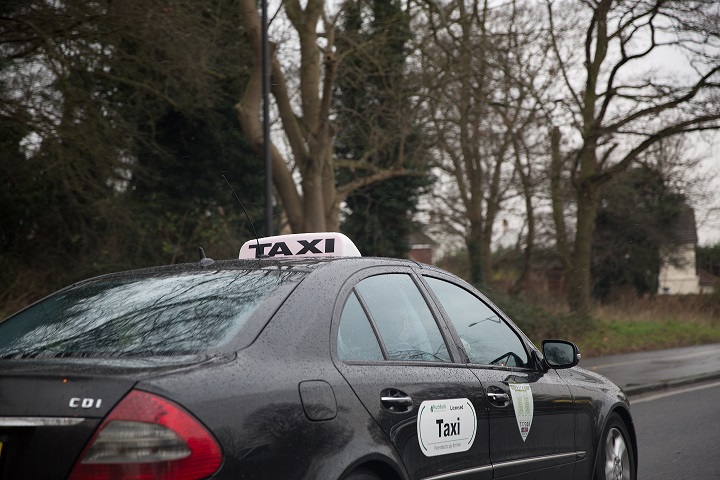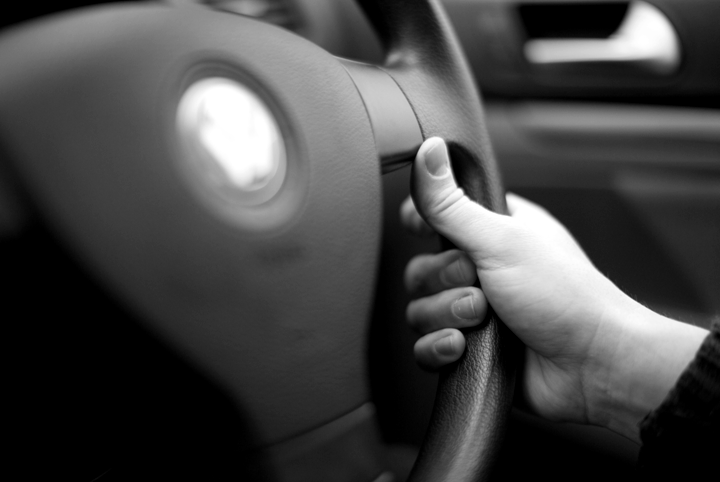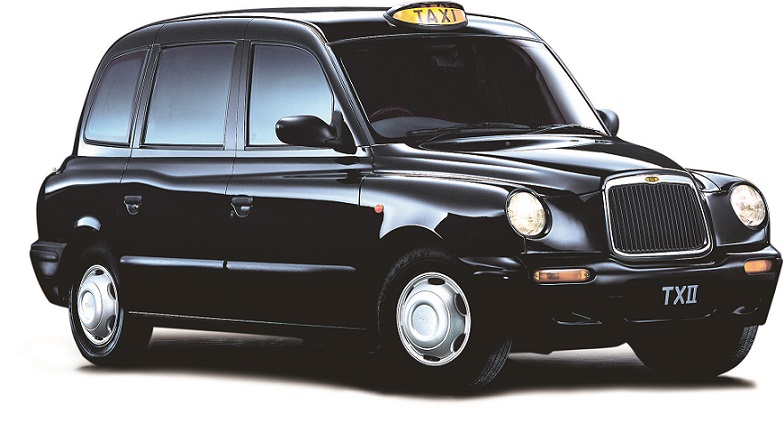Revealed: Life threatening bacteria found on London’s public transport
- Taxi insurers, Staveley Head, partnered with London Metropolitan University to put London under the microscope
- A total of 121 different bacteria and mould was discovered including 9 bacteria species associated with antibiotic resistant superbugs
- The Underground was found to be the dirtiest form of public transport in the capital
- The Victoria line was found to be the dirtiest line, with 22 types of living bacteria, including 4 of the world’s most threatening
- Buses were found to be the cleanest way to travel in the capital
- Staveley Head launch interactive where you can explore public transport under UV
121 different bacteria’s and moulds were found upon public transport in London including 9 life threatening bacteria associated with antibiotic resistant superbugs.
The World Health Organization has drawn up a list of the drug-resistant bacteria that pose the biggest threat to human health, and 9 of them on the list were found to be living on London’s public transport!
2.29 billion people(1) use London buses every year and 1.34 billion people(2) use the London Underground. Commuting or touring around London is described as a nightmare by many – especially during peak times and holidays. But it turns out the real nightmare is invisible to the human eye.
London goes Under the Microscope
Taxi insurers Staveley Head put London public transport under the microscope swabbing taxi cabs, London buses and all London Underground tube lines to discover how dirty public transport in our capital really is.
Dr Paul Matewele within the microbiology department at London Metropolitan University, supported the study, taking a total of 80 swabs across the capital. They tested hand rails, seats, doors and the walls and took their findings back to the lab to study the results. Antibiotic resistance was tested to assess the severity of the bacteria’s.
The results
Although public transport is known to be somewhat unhygienic, the study has revealed that London’s transport is shockingly dirty and plays host to a hotbed of bacteria – including 9 bacteria species associated with life threatening antibiotic resistant super bugs.
According to Dr Marie-Paule Kieny, the WHO’s Assistant Director-General for Health Systems and Innovation,
“Antibiotic resistance is growing, and we are fast running out of treatment options. If we leave it to market forces alone, the new antibiotics we most urgently need are not going to be developed in time.”
The full list of threatening superbugs can be found here, however The World Health Organization lists the following as critical(3). These six critical superbugs were found living in the London Underground, private hire taxis and buses:
The London underground was found to be the dirtiest form of transport, with a wide range of bacteria festering within the tubes.
The Victoria line, the dirtiest Underground line, was home to 22 different types of living bacteria, including four of the world’s most threatening. Staphylococcus Aureus – a bacteria known to cause toxic shock syndrome in women that wear tampons for too long – was found, along with E.coli and the highly critical Klebsiella Pneumoniae.
The tube lines (cleanest to dirtiest)
- Metropolitan line – 11 bacteria found
- Bakerloo line – 13 bacteria found
- Hammersmith and City – 14 bacteria found
- Central line – 16 bacteria found
- Waterloo and City line – 16 bacteria found
- District Line – 17 bacteria found
- Northern Line – 18 bacteria found
- Jubilee line – 18 bacteria found
- Piccadilly line – 20 bacteria found
- Circle line – 20 bacteria found
- Victoria line – 22 bacteria found
Klebsiella Pneumoniae: Deadly superbug found on the Victoria line and inside a London cab
Klebsiella Pneumoniae is a superbug that killed a woman in the USA (4) recently. It could not be treated and was resistant to 26 available antibiotics in the US, including colistin – the “drug of last resort.”
Traces of the “nightmare bacteria” was found upon the Victoria line and within a private hire taxi.
Dr Matewele says, “the Klebsiella Pneumoniae infection is a superbug that antibiotics cannot fight and can be extremely harmful.”
“In 2014, it was reported that the superbug killed 16 people (5) in a hospital in the UK and affected a further 1,200 patients. The superbug caused 62 people to suffer with serious blood poisoning and led to 14 deaths.”
“The bacteria doesn’t usually affect healthy people. It’s mainly a problem if transmitted between sick patients in hospitals and between people with weakened immune systems. The infection can cause urinary tract infections, pneumonia, septicaemia, meningitis and diarrhoea. Therefore, proper hygiene is a must. “
He explains, “not only did we find potentially life threatening bacteria’s which behaved like superbugs when tested against antibiotics, but other forms of mould and bacteria that can be harmful to human health were discovered as part of this research
“Bacteria from rodents like rats and mice were also found upon tube lines, along with traces of faecal bacteria and bacteria from sewage. These can cause water infections or skin infections like abscesses if you come into contact with them.”
“Staphylococcus Aureus was a popular bacterium found upon all forms of transport.”Staphylococcus Aureus bacteria live upon the skin and can cause skin problems. Puss-filled boils can generate from contact with Staphylococcus Aureus bacteria, but more serious infections in the blood, lungs and heart can also be developed.”
Faeces and Salmonella found inside taxi’s in London
Taxis in the capital were found to be cleaner than the tube lines – 14 living bacteria were found on average in each cab. Alongside Staphylococcus Aureus, Aeromonas Veronii, which can cause pneumonia and meningitis, was found living inside private hire taxis. Traces of faeces and salmonella were also detected.
According to the study, buses host the least bacteria (an average of 8) but the most mould, including Alternaria, Fusarium and Penicillium. Those who use buses in London are in danger of contracting urinary tract infections due to E. faecalis and Proteus Vulgaris.
The cleanest tube line was the Metropolitan line, which held just 11 living bacteria, including the kind associated with toxic shock syndrome, staphylococcus aureus.
However, it was the buses that came out as the cleanest transport option in the capital, with the least number of bacteria found – 37 in total. The tube lines held 95 different and Taxis in London held 40.
Although we did find several bacteria upon buses including traces of E. coli, much of the findings were in fact moulds. This makes buses in London the cleanest and healthiest way to travel.
Ashley Peters, Managing Director at Staveley Head commented; “As insurers of taxi and Uber cabs in London, we were interested to see the results of the tests. We’ve always felt that it makes good business sense for drivers to regularly clean both the inside and outside of their vehicles – not least because it can have a big impact on Uber driver ratings – but it’s now also clear that there is a huge benefit in helping to prevent bacteria developing and stopping it from spreading.
We’d also obviously recommend that passengers riding the tube lines and buses practice good hygiene and regularly use hand sanitizer.”
Astounded by the plethora of bacteria festering on the capital’s public transport, Staveley Head have launched an interactive asset where you can explore each form of transport under UV and see the bacteria discovered. Explore the ‘London Under the Microscope’ campaign here.
-Ends-
Notes to Editors
Summary
- The World Health Organization reveal list of the world’s most threatening superbugs that can be harmful to human health – 9 of them have been discovered upon public transport in London
- Taxi insurers, Staveley Head, partnered with London Metropolitan University to put London under the microscope
- A total of 121 different bacteria and mould was discovered
- Killer superbug bacteria, including Klebsiella Pneumoniae, have been found inside taxis and on the London Underground
- The Underground was found to be the dirtiest form of public transport in the capital
- The Victoria line was found to be the dirtiest line, with 22 types of living bacteria, including 4 of the world’s most threatening
- Buses were found to be the cleanest way to travel in the capital
- Staveley Head launch interactive where you can explore public transport under UV
The 9 most threatening found:
- Acinetobacter baumannii
- Pseudomonas aeruginosa
- Enterobacteriaceae: Klebsiella
- Enterobacteriaceae: E. coli
- Enterobacteriaceae: Serratia
- Enterobacteriaceae: Proteus
- Enterococcus faecium
- Staphylococcus aureus
- Salmonellae
A full list of all the bacteria for each form of transport and each tube line can be shared on request.
The tube lines (cleanest to dirtiest)
- Metropolitan line – 11 bacteria found
- Bakerloo line – 13 bacteria found
- Hammersmith and City – 14 bacteria found
- Central line – 16 bacteria found
- Waterloo and City line – 16 bacteria found
- District Line – 17 bacteria found
- Northern Line – 18 bacteria found
- Jubilee line – 18 bacteria found
- Piccadilly line – 20 bacteria found
- Circle line – 20 bacteria found
- Victoria line – 22 bacteria found
- http://www.who.int/mediacentre/news/releases/2017/bacteria-antibiotics-needed/en/
- https://tfl.gov.uk/corporate/about-tfl/what-we-do/london-underground/facts-and-figures
- http://www.who.int/mediacentre/news/releases/2017/bacteria-antibiotics-needed/en/
- Bug resistant to all antibiotics kills woman http://www.bbc.co.uk/news/health-38609553
- Warning over hospital superbug linked to 16 deaths http://www.bbc.co.uk/news/health-26466674
Media information
For more information or additional commentary, contact Edit’s PR team on 0113 260 4010.
About Staveley Head
Staveley Head are insurers of taxi drivers across the UK.
Staveley Head is one of the most respected providers of insurance products to businesses and individuals in the UK. Since they began in 1991, they have steadily grown in both size and reputation, expanding their product range from just car and home insurance to business, courier and taxi insurance.
